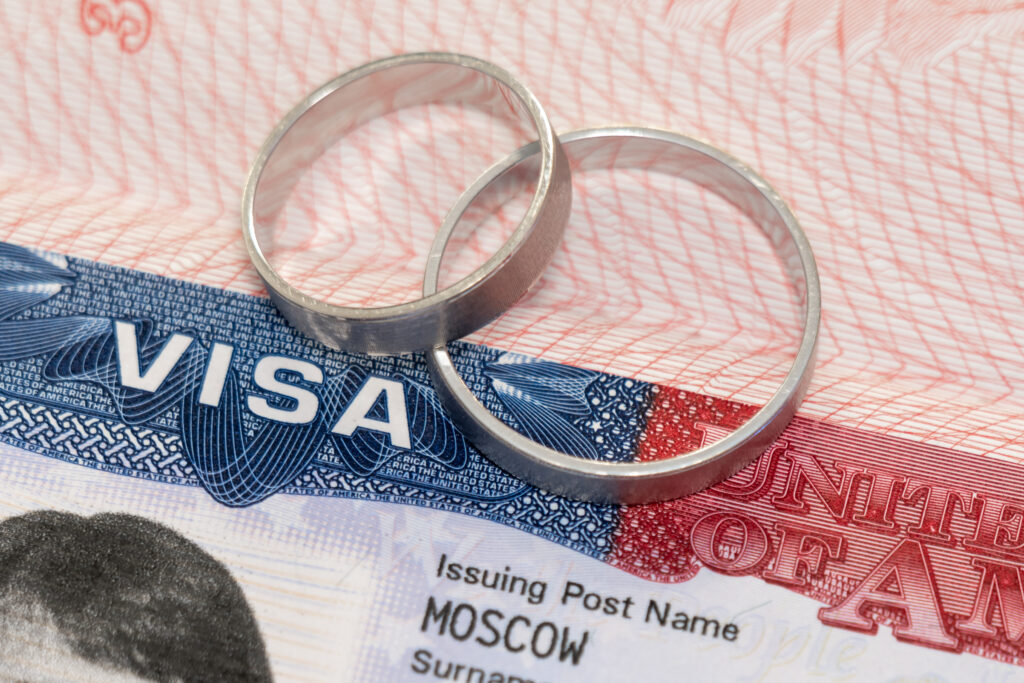Table of Contents
- K1 VISA Approved | Interview Experience Question Documents Tips 2024 ...
- k1-visas .jpg
- All New 2026 Porsche K1 Unveiled - Embrace The Future ! - YouTube
- K1 Fiance Visa - Application and Requirements Guide
- Our K1 Visa Timeline | 18 months of processing, tips and chika :) - YouTube
- Visa Bulletin February 2025 - Gelya Romona
- K1 VISA Approved | Interview Experience Question Documents Tips 2024 ...
- Sample k1 form - fabap
- What Is A K-1 Visa | Explaining A Fiancé Visa



What are Priority Dates?



How Do Priority Dates Affect K-1 Visa Applications?



